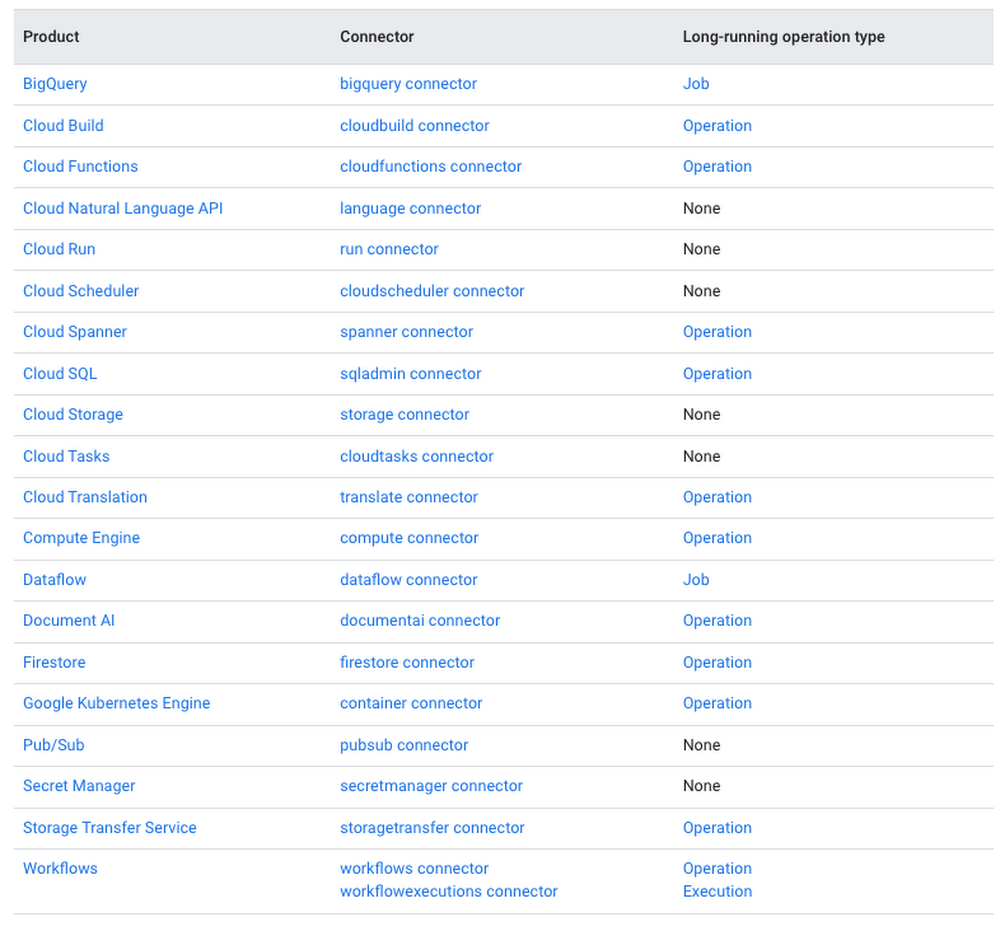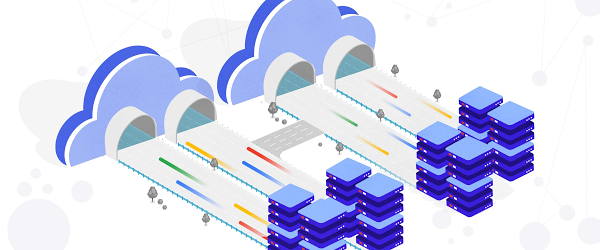
The Good, the Bad and the Ugly in Cybersecurity – Week 41
October 8, 2021
Analyzing Twitter sentiment with new Workflows processing capabilities
October 8, 2021Assessment: Plan and manage migration risks and costs
When we work with customers and partners on migrations, the most important step is to understand their ecosystem, requirements and business goals. We use this information to create a custom migration plan to help prepare and execute migrations. Over and over again, we have seen that identifying and addressing migration complexities ahead of time leads to reduced TCO and lower risk migrations.
To that end, we are excited to announce private preview of our automated assessment tool as part of the BigQuery Migration Service. Assessment leverages our many years of experience helping some of the large organizations in the world modernize with BigQuery. It provides an easy and automated way to collect statistics from your legacy warehouse and generates a state analysis report consisting of:
-
List of database objects, data I/O patterns and dependencies
-
Automated query translation coverage and results
-
Query-to-Object mapping (e.g., which tables, views, functions it uses)
-
User-to-Table mapping (e.g., which users access which tables)
-
Table correlations (e.g., tables which are often joined or sub queried)
-
List of BI/ETL tools in use
The summary report helps you efficiently prioritize and have a clear understanding of all the components and the amount of work required to execute a migration. In addition, all the underlying assessment data is made available within a BigQuery dataset for complete customization and ad-hoc analysis for you and your migration partners.
SQL translation: Reduce manual effort, time and errors
One of the hardest pieces of a data warehouse migration is modernizing legacy business logic, such as SQL queries, scripts and stored procedures. This process normally involves substantial manual query rewrites and verifications, which is time consuming and error prone. Today, we are excited to announce the public preview of batch and interactive SQL translation which helps automate much of this process, thus speeding up your path to a successful migration. Batch and interactive SQL translation provides fast, semantically correct and human readable translations of legacy objects with no ongoing dependencies post migration. It supports a broad range of Teradata artifacts including DML, DDL and BTEQ. Translations can be run in batch mode or ad-hoc directly from the BigQuery SQL workspace. Early users of SQL translation saw ~95% successful translations on 10M+ queries, leaving only ~5% of queries for manual review with their migration partners.
Interactive SQL translation provides a split view within the BigQuery SQL editor. Users can type in SQL queries in non-BigQuery dialects and view the translated BigQuery SQL immediately. Interactive SQL translation provides users with a live, real time SQL translation tool which allows users to self-serve translation of their queries in parallel with a centralized large-scale SQL migration effort. This not only reduces the time and effort for analysts to migrate their queries, but also increases how quickly they learn to leverage the modern capabilities of BigQuery.


